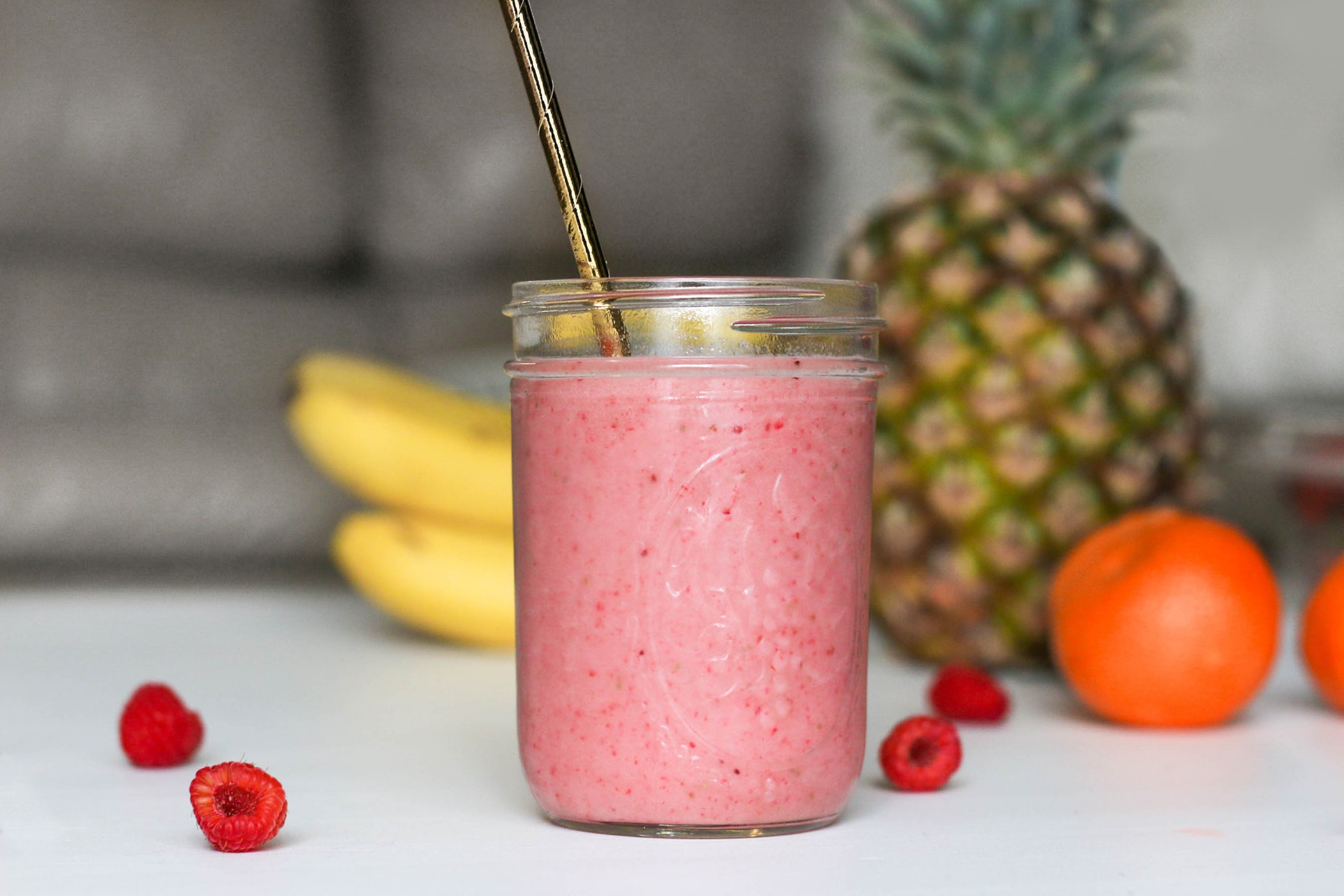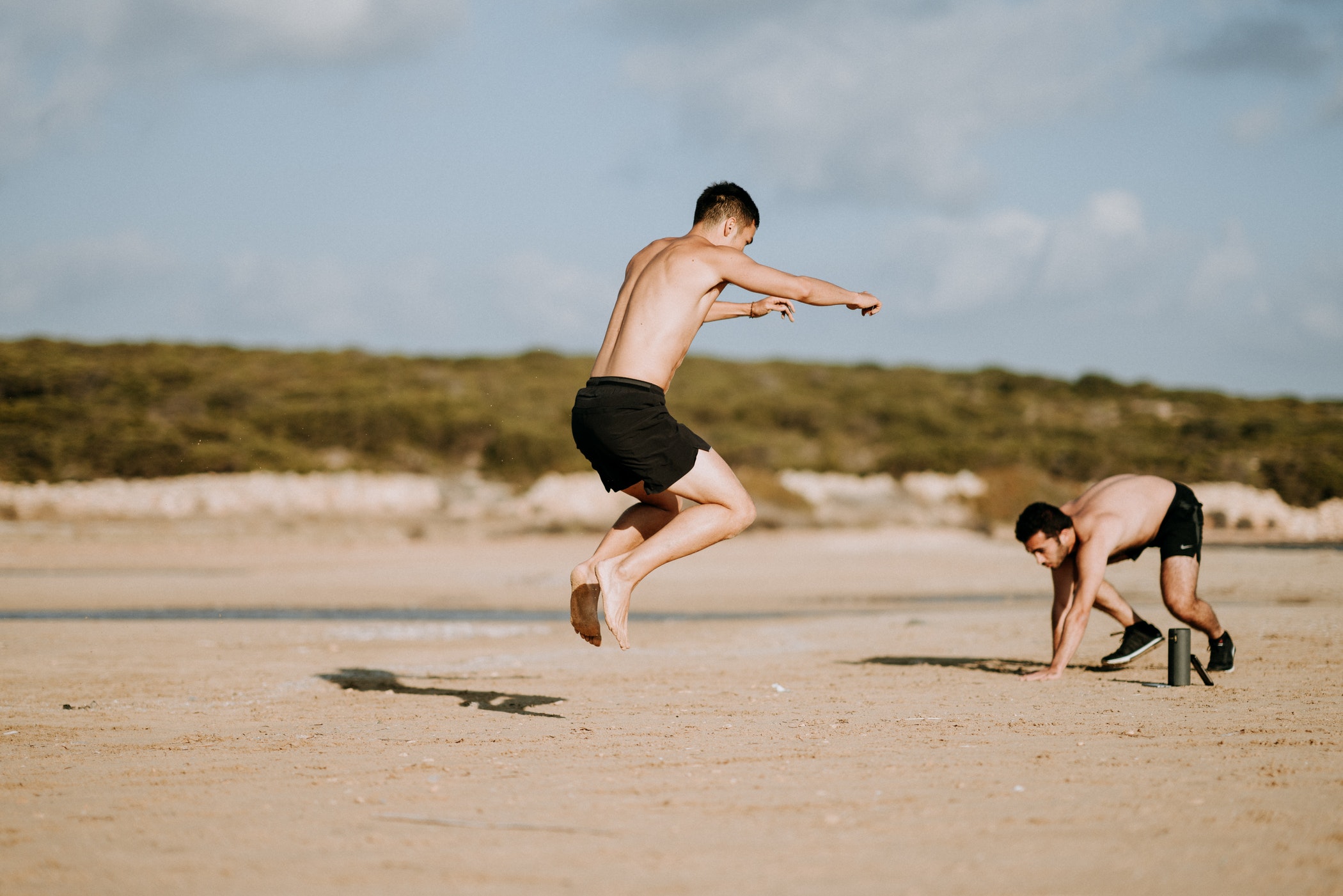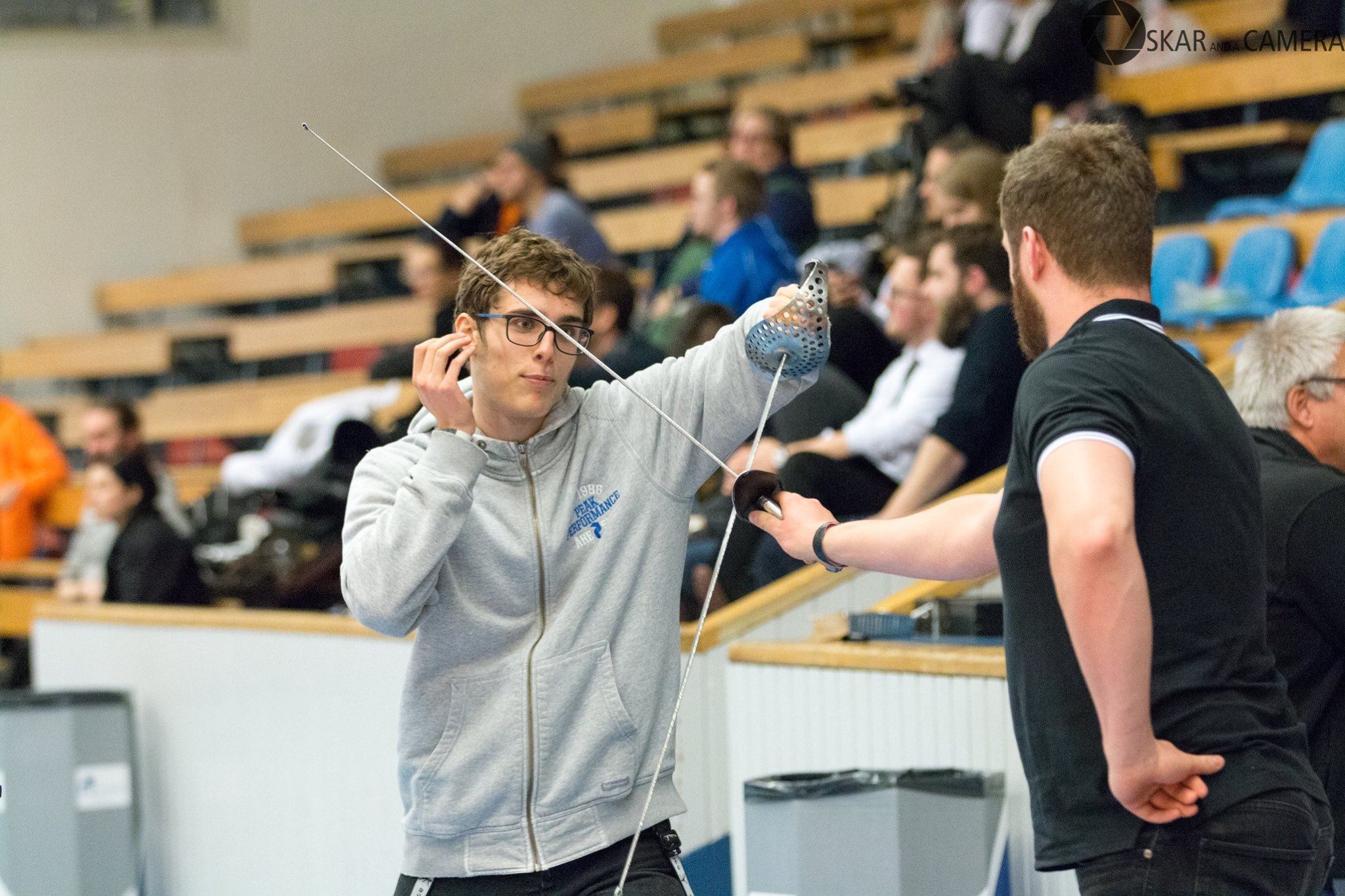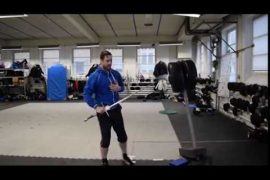Part I – Athletic requirements
If you want to get to the right place, you need to first draw a map. This is true for hiking as well as for training, regardless if you are a beginner or a top athlete. In this three-part article series, we go into how you can plan your training long term, starting off with how you analyse the requirements needed for your activity.
If you are an instructor it is naturally important that you are able to structure training in a meaningful way for the individual student as well as the class. If you are a student, knowing how to plan your own training can help you organise yourself and take control of your progression.
This article series will go into three key areas of how to create an individualised training plan. In this first article we will look into analysing requirements for your art. In the second part we will look at how to measure your capacity, and in the third part we will look at how to plan your training to reach your goals.
What are the requirements?
The first thing to do when creating a long-term strategy for your training is to define what is required of practitioners in your athletic activity. What those requirements are may vary greatly depending on your perspective on fencing, your age, your level and experience, your gender, and where your focus is, but never the less there are requirements to consider.
The best way to approach this is to use a structured method where you start with a shallow analysis, and then dig down and make it more complex and suited to your specific goals as you go along. Each of these bullets should be described and analysed to eventually create a map of what is required of you if you are to reach your goals. Some points may only require a line, or can be taken out, others will need solid numbers or detailed descriptions.
Should you quantify requirements?
In the next article we will go into how to test capacity, and such tests are a way of measuring ability in a way that gives you a precise number. However, in this first step, requirements tend to not be that specific and highly personal. In any case they cannot be generalised for all types of HEMA endeavours, classical fencing and sport fencing. They are aimed to provide you with a holistic approach that looks at an athlete’s entire life, and they go into the realm of lifestyle, social life, family, and economy.
-
Physical conditioning

What’s your physical build?
Physical conditioning can mean a lot of things, and the requirements can vary greatly. What the specific requirements are depends on who you are and they have to be adapted accordingly.
- Agility
- Endurance
- Power
- Speed
- Strength
- Coordination
- Dexterity
- Flexibility
In the next article we will look into some specific targets and measurements for how to test some of these physical attributes. The more objectively you can measure and test them, the easier it is to progress.
-
Mental strength

What challenges are you willing to accept?
Are you training for a competition or for real life violence? Are you preparing for a duel or are you trying to get more in shape? Your ability to maintain discipline affects your chances of success. The following list is a general guideline which can help you evaluate the requirements for your activity.
- Ability for self-motivation
- Ability to self-evaluate
- Grit
- Stress tolerance
- Ability to handle emotions
- Ability to maintain concentration
- Ability to maintain a positive mental imagery
- Social skills
- Ethics
-
Technical skill requirements
What are the required skills? What techniques do you need to master and how well do you need to perform these techniques? If you are not familiar with technical development, we have explored the five stages of technical development in LINK:this article. Each of the following bullets should be expanded to become more specific, and they are just examples and vary greatly depending on what type of fencing art you are practicing.
- Footwork
- Bladed techniques
- Feints
- Equestrian skills
- Wrestling techniques
- Controlling space
- Awareness of surroundings
- Tempo and measure
-
Lifestyle

What do you eat and when?
What are the lifestyle requirements?
- Food, vitamins, fluid, minerals etc.
- Sleep and rest
- Economy and work
- Training frequency
- Regularity of competition
- Travel
- Social life
-
Equipment

Can you train anywhere? Getting rid of hurdles can help motivate.
What do you need to train in the best possible way? Do you need a training hall, do you need a pell in your backyard. What type of gear do you need for freeplay and sparring?
- Training hall
- Personal equipment
- Access to gym
-
Environment

Hanging out with your friends matters
The environment that you are in and the people around you are important. The people around you are affected by what you do, so choosing the right training partner and instructor is one thing, but a functioning family life can also be important and your ability to care for the people around you and live up to their requirements is something that can be overseen but might be crucial.
- Training partners
- Instructors
- Social life and family
- Support structures in terms of colleagues, employers, day care etc
- Health and medicine
- Injuries and rehab availability
-
Anthropometric
Anthropometrics are things that you don’t necessarily can change. Your height, length of your arms, muscle structure and body type are pretty fixed. It is obviously true that some of these things are required for success in certain areas, and if you cannot fulfil those requirements then you may have to set goals accordingly.
- Body type
- Height
- Weight
- Muscle type
- Length of extremities
Fencing as a specific athletic endeavour

Fencing is not one thing. The requirements you set up will vary massively depending on your approach to fencing. This is especially true in Historical European Martial Arts, which encompasses a vast array of styles and weapons. Are you doing small sword or longsword? Do you allow wrestling, or the use of a dagger? Are you training for competitions or trying to prepare for a real duel?
The more you can narrow it down, the better you can set up requirements which you can then test yourself against.
As an example, let’s look at physical requirements for longsword, rapier, backsword, sword and buckler as well as many other weapon types. We will here exclude things like mental strength and tactics. We will also exclude specific techniques, but treat them generally in terms of efficiency of attacks and parries. What this list shows is things that are measurable and can be connected to specific physical abilities. When evaluating a fencer, you can ask how well he or she performs in these regards:
- Efficiency of the attack (number of attacks that reach the target)
- Efficiency of parries (number of attacks that are defended against)
- Speed of the attacks
- Efficiency when tired
- Number of attacks
- Precision of attacks
- Efficiency of long attacks
- Speed of recovery from deep positions
- Reaction speed
- Ability to determine measure and timing

By breaking the requirements down like this, it is possible to set up a series of attributes that can be measured. From this list, we can clearly see that endurance is important to be able to fence well when tired, speed is also important, as is measure and timing. Reaction speed is important, as well as coordination and exactness of motion. Agility and explosiveness are also things that impact your fencing.
These insights will make it possible to create or pick relevant existing tests, as well as set up requirements for fencers that can be tied specifically to these tests.
Final words
Using a holistic approach to your training is important, but at the same time you will obviously have to limit requirements and tests at some point. If nothing else, asking relevant questions to yourself can help you organise your life and training appropriately, even if you can’t test all these aspects.
In the next article we will take a look at the tests you can use. Until then, fence well and honour the old masters!




